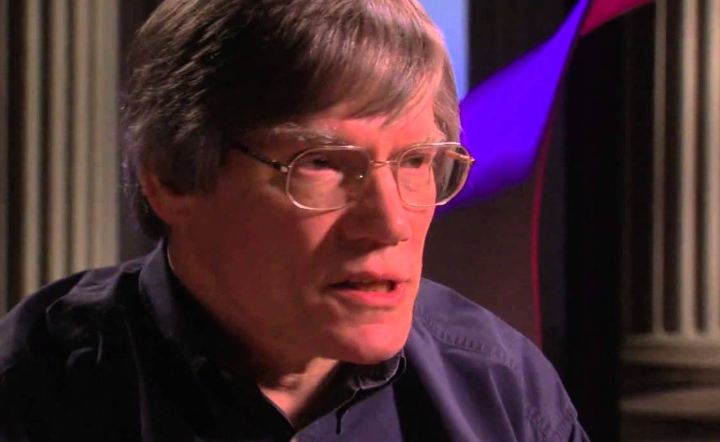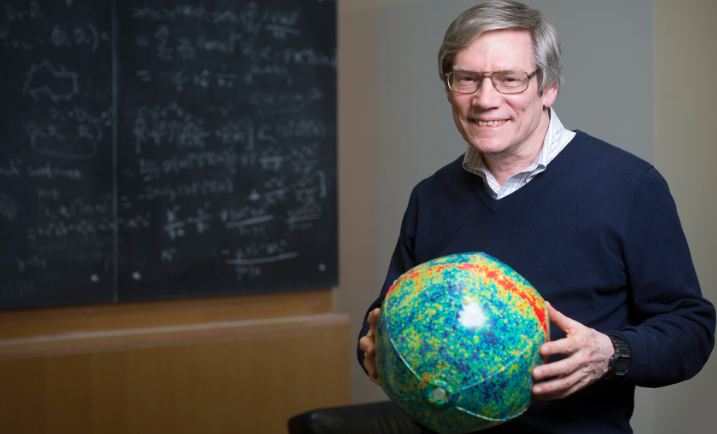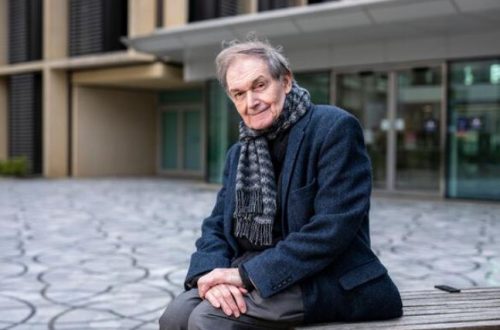
How to Contact Alan Guth: Phone Number, Fanmail Address, Email Address, Whatsapp, House Address

Alan Guth: 8 Ways to Contact Him (Phone Number, Email, House Address, Social media Profiles)
Alan Guth: Ways to Contact or Text Alan Guth (Phone Number, Email, Fanmail address, Social profiles) in 2023- Are you looking for Alan Guth’s 2023 Contact details like his Phone number, Email Id, WhatsApp number, or Social media accounts information that you have reached on the perfect page.
Alan Guth Biography and Career:
Alan Guth, a professor at Rutgers University, was born in 1947 in New Brunswick, New Jersey. He spent his childhood in Highland Park, New Jersey, where he attended public schools. However, he left high school before finishing his senior year to enroll at the Massachusetts Institute of Technology. Between 1964 and 1971, he was a student at MIT and earned a Bachelor of Science degree, a Master of Science degree, and a Doctor of Philosophy degree in Physics. His doctoral thesis, which he worked on under the direction of Francis Low, was an investigation into an early model of how quarks join to generate the fundamental particles we see.
During the following nine years, Guth worked mostly on abstract mathematical issues in the theory of elementary particles while holding postdoctoral appointments at Princeton University, Columbia University, Cornell University, and the Stanford Linear Accelerator Centre (SLAC). During this time, he was also affiliated with the SLAC. Henry Tye, a fellow postdoctoral physicist at Cornell, contacted Guth when he was there and convinced him to join him in his research on the creation of magnetic monopoles in the early cosmos.
Guth did this research while he was at Cornell. This work’s impact on Guth’s career cannot be overstated. At SLAC the following year, he resumed collaborating with Tye on studying magnetic monopoles. This is a conclusion obtained earlier by John Preskill, who was then at Harvard and is now at Caltech. Guth came up with a variant of the big bang theory that he named the inflationary universe as a result of the work he and Tye did to look for other solutions to the issue of magnetic monopole overproduction.
What can theoretical particle physics teach us about the universe’s history, and what can cosmology tell us about the basic principles of nature? This question has guided most of Professor Guth’s research, primarily applying theoretical particle physics to the early universe. In 1981, he proposed that a new cosmological model that he named inflation may explain many characteristics of our universe, such as how it became so uniform and why it started so near the critical density.

This model was offered to explain these and other characteristics. A variation of the traditional “big bang” hypothesis, inflation proposes that the universe’s expansion was powered by a repulsive gravitational force created by an exotic type of matter. Inflation is an alternative to the standard “big bang” explanation.
Even though Guth’s first suggestion included a fault (which he pointed out in his original work), that defect was quickly remedied by the development of “new inflation,” which was initially conceived of by Andrei Linde in the Soviet Union and separately by Andreas Albrecht and Paul Steinhardt in the United States. The evidence supporting the inflationary universe model seems more vital than ever after approximately 40 years of research, development, and examination.
The fact that quantum fluctuations in the early cosmos may be extended to astronomical proportions due to inflation is one of the fascinating implications of inflation. These quantum fluctuations provide the seeds for the large-scale structure of the universe. In 1982, Guth and several other researchers determined the projected spectrum of these variations. Ripples in the cosmic background radiation may be detected due to these variations in the present day; however, the amplitude of these very weak ripples is just around one part in 100,000.
Despite this, these ripples were first discovered in 1992 by the COBE satellite, and they have since been measured with a great deal more accuracy by the WMAP and Planck satellites, in addition to other investigations. The findings indicate that the parameters of the radiation are in perfect accord with the predictions made by the simplest models of inflation [picture].
Guth and others, including Professor Edward Farhi, have investigated the possibility of igniting inflation in a hypothetical laboratory, which would create a new universe. This line of inquiry was undertaken so that Guth could answer the question: “Is it possible, in principle, to create a new universe?” The response is that it is impossible to say for sure.
They demonstrated that it is not feasible to achieve it using conventional methods, but, using quantum tunneling, it may be conceivable in theory. If a new universe were to be established, it would not jeopardize the current universe in any way. Instead, it would fall a wormhole, and shortly afterward, it would entirely disconnect.

Inflation is fascinating for several reasons, including that virtually all its forms are perpetual, meaning that it never comes to a complete halt once it begins. Our region of the universe is no longer experiencing inflation, but one may reasonably assume that other distant areas are still experiencing inflation and will do so indefinitely.
Is it thus conceivable that inflation has persisted into the distant past forever? Guth, Alex Vilenkin (Tufts), and Arvind Borde (Southampton College) have collaborated to demonstrate that the expanding spacetime area must have had a limit in the past. They also showed that new physics, a quantum theory of creation, would be required to comprehend this phenomenon.
Much of Guth’s ongoing work also focuses on investigating density changes brought on by inflation: What do the repercussions of unconventional types of inflation look like? Can the underlying idea be given a more scientific approach? Previous research conducted by Guth focused on various areas of theoretical physics, such as lattice gauge theory, magnetic monopoles and instantons, Gott time machines, and others.
In addition to being a member of the United States National Academy of Sciences and receiving prizes and medals from the American Physical Society, the Royal Astronomical Society, and the Franklin Institute, Guth also shared the 2002 Dirac Prize and Medal awarded by the International Centre for Theoretical Physics in Trieste, Italy, with Andrei Linde and Paul Steinhardt, who was another pioneering contributor to inflationary theory.

Alan Guth Profile-
- Famous Name– Alan Guth
- Birth Sign- Pisces
- Date of Birth– 27 February 1947
- Birth Place– New Brunswick, New Jersey, United States
- Age – 76 years (As 0f 2023)
- Nickname– Alan Guth
- Parents– Father: Larry Guth, Mother: Jenny Guth
- Sibling– NA
- Height– NA
- Profession– Physicist
- Twitter Followers: 1434 Followers
- Total Insta Followers: NA
- Total YouTube Subs: NA
Alan Guth’s Phone Number, Email, Contact Information, House Address, and Social Profiles:

Ways to Contact Alan Guth :
1. Facebook Page: NA
2. YouTube Channel: NA
3. Instagram Profile: NA
Alan Guth also has his Instagram profile, where he gained a million followers and got around 100k likes per post. If you want to see his latest pics on Instagram, you can visit through the above link.
4. Twitter: @guthstruth
5. Phone number: NA
Many phone numbers are leaked on Google and the internet in the name of Alan Guth, but upon checking, we found none work. However, when we see the exact number, we will update it here.
6. Fan Mail Address:
Alan Guth
Chicago,
Illinois,
United States
7. Email id: NA
8. Website URL: NA
Read Also: How to Contact Vint Cerf: Phone Number, Fanmail Address, Email Address, Whatsapp, House Address



